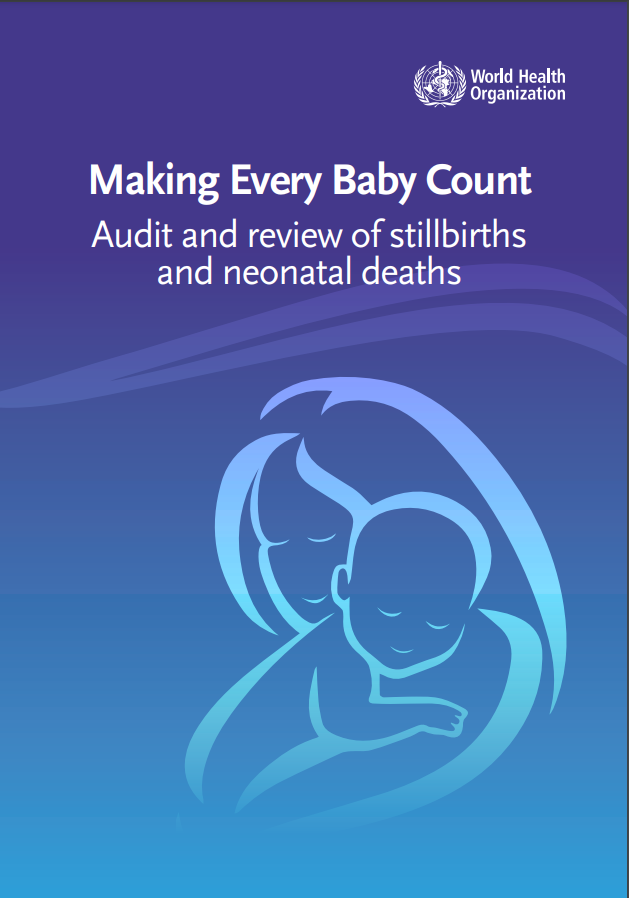
Pregnancy is a time of great anticipation for all expectant parents and their families as they envision getting to know and love a healthy baby. The presence of a long-desired baby in a woman’s womb is accompanied by thoughts and dreams about what the child will look like and how his or her future will be.
Experiencing a stillbirth or the death of a baby in the final stages of pregnancy, during labour or soon after delivery is a silent tragedy for mothers, fathers and families globally. The day of birth is potentially the most dangerous day for both mothers and their babies. Significant reductions have been made in neonatal mortality during the last two decades, but there are still an estimated 2.7 million neonatal deaths and 2.6 million stillbirths every year. Most of these losses are preventable with high-quality, evidence-based interventions delivered before and during pregnancy, during labour and childbirth, and in the crucial hours and days after birth.
Countries are increasingly collecting data that will enable the burden of stillbirths and newborn deaths to be more accurately estimated. Yet in most countries, especially where the estimated burden is the highest, there is a need to strengthen the civil registration and vital statistics (CRVS) systems for counting all births and deaths and assigning cause of death. Most stillbirths and half of all neonatal deaths do not receive a birth certificate and are not registered. Improving systems for reporting births and neonatal deaths is a matter of human rights and a prerequisite for reducing stillbirths and neonatal mortality.
By counting the number of stillbirths and neonatal deaths, gathering information on where and why these deaths occurred and also by trying to understand the underlying contributing causes and avoidable factors, health-care providers, programme managers, administrators and policy-makers can help to prevent future deaths and grief for parents, and improve the quality of care provided throughout the health system. This guide shows the way forward for health-care facilities or whole countries to introduce a system to address the burden of stillbirths and neonatal deaths. Similar to the maternal death surveillance and response (MDSR) approach to ending preventable maternal mortality, this guide and related tools provide support for identifying cases, collecting information and analysing the data collected to recommend solutions to improve the quality of care and to implement the changes within a continuous evaluation and response cycle.
This guide does not suggest setting up a new system, but building on systems already in place. The approach is in line with two of the five objectives outlined in the Every Newborn Action Plan (ENAP): Strategic Objective 2 – Improve the quality of maternal and newborn care; and Strategic Objective 5 – Count every newborn through measurement, programme tracking and accountability to generate data for decision-making and action.
